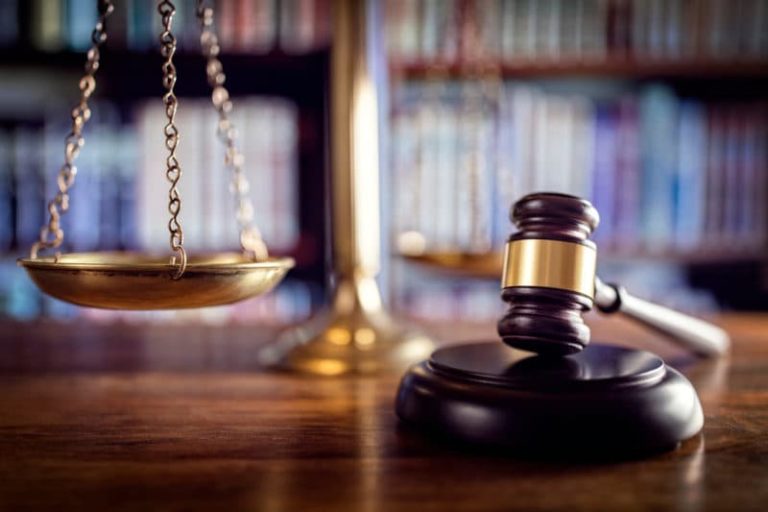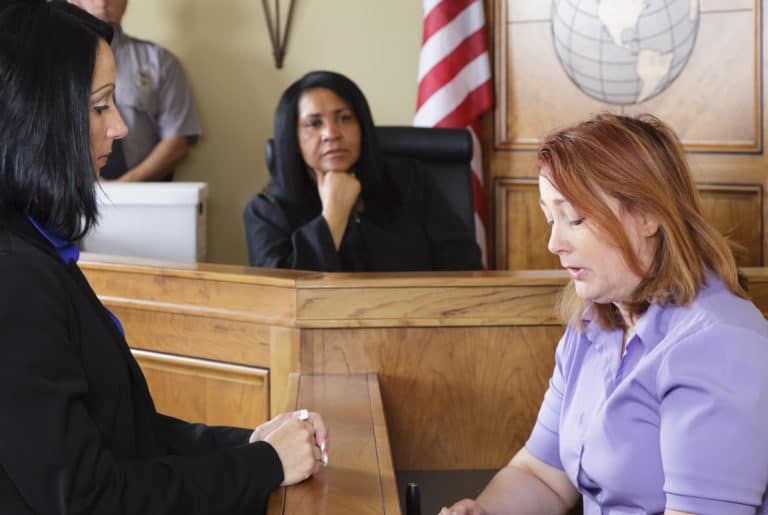How Do You Prove Wrongful Death?
Wrongful deaths occur every day, but for those unfamiliar with civil law, the grounds for filing a wrongful death lawsuit may not always be apparent. Whether you have legal grounds to pursue a civil case does not depend on whether authorities pursue a criminal case. Although some surviving family members may think they have no recourse to seek financial support through a civil suit unless criminal charges are filed, many wrongful death claims involve defendants who don’t face criminal charges.
Talking to a wrongful death lawyer is the most effective way to determine if you have grounds to pursue a wrongful death suit. You can also learn how to prove wrongful death claims and the elements of a wrongful death claim before contacting an attorney to ensure you present relevant information when discussing your case.
Contact our wrongful death attorneys today to discover your legal options. We won’t charge you a cent until we win your case and get you the compensation you deserve.
What is a wrongful death lawsuit?
Wrongful death lawsuits are civil cases against the parties accused of causing a wrongful death. The plaintiff must follow wrongful death case procedures established by the state, such as meeting the burden of proof. In a wrongful death case, the plaintiff seeks financial compensation from the defendant to compensate for their loss and the economic toll on their family.
What must the plaintiff prove in a wrongful death case?
It’s normal to wonder how do you prove wrongful death before pursuing a case. There are four key elements required to pursue a successful wrongful death claim:
- Negligence
- A person’s death
- Causation
- Damages
1. Negligence
You must show the defendant’s negligence to prove a wrongful death claim. Proving negligence means you establish that the defendant had a duty of care to act in a manner that wouldn’t compromise the safety of others but was guilty of breach of duty. For example, drivers are required to follow traffic laws while operating a vehicle. Suppose a driver breaks the law by operating a vehicle while intoxicated and causes someone’s death. They’re negligent because they failed to act responsibly.
2. A Person’s Death
Proving wrongful death claims involves proving the defendant’s negligence caused or contributed to the person’s death. The countdown to the statute of limitations for filing a wrongful death suit begins with the person’s death, which means a victim could live for months or even years after the incident. Still, there could be grounds to pursue a wrongful death claim if the negligent act contributed to their death.
3. Causation
Proving causation means establishing the connection between the defendant’s negligence and the victim’s death. Plaintiffs must demonstrate that the person would still be alive if the defendant hadn’t been negligent.
4. Damages
The outcome of a civil trial involves awarding damages. To seek damages, the plaintiff must establish the financial impact of their loss. This could be through incurred costs, loss of income, loss of services to the family, and the emotional toll of their loss.
The Burden of Proof in a Wrongful Death Case
The burden of proof in a civil suit falls to the plaintiff. They must establish beyond a reasonable doubt that the defendant had a duty to behave in a responsible manner that would not jeopardize the safety of others, they failed to uphold their duty of care through their actions or inactions, and that failure caused someone’s death. The plaintiff must meet their state’s standards to fulfill their burden of proof.
What costs are recoverable in a wrongful death lawsuit?
Depending on the state where the case is filed, the plaintiff can seek the following three types of damages:
- Economic
- Non-economic
- Punitive
Economic damages are established expenses stemming from the person’s death. Examples of expenses that qualify as economic damages include the following:
- Child care costs
- Funeral and burial expenses
- Lost wages
- Medical bills
Non-economic damages are harder to give a dollar value to because they don’t come with a literal cost. Factors considered when awarding non-economic damages include the following:
- Loss of consortium
- Pain and suffering
- Trauma
A court may also award punitive damages to punish the defendant for their actions. Courts award punitive damages when the defendant’s deliberate actions lead to wrongful death.
Who can file a wrongful death suit?
An immediate family member may qualify to bring a wrongful death suit. Whether you qualify depends on your relationship with the decedent and their relationship with other surviving family members.
A victim’s spouse can pursue a wrongful death suit immediately. If the decedent had children, they typically have to wait one year to file a claim. The decedent’s parents can pursue a lawsuit if the victim has no surviving spouse or children.
How a Wrongful Death Attorney Can Help You Prove Fault in a Wrongful Death Claim
You don’t have to face a wrongful death suit alone. Contact us for a free case evaluation and learn how we can help you build your case. We’ll investigate, gather evidence, and look after the legal paperwork. Our team will also help you calculate the damages to seek, ensuring you consider all expenses related to your loss.
Sources
Economic Damages in Personal Injury Cases. (2022).
Landers, D. (2023). Proving Wrongful Death in a Civil Case.
Non-Economic Damages in Personal Injury Cases. (2022).
Wrongful Death. (2022)




